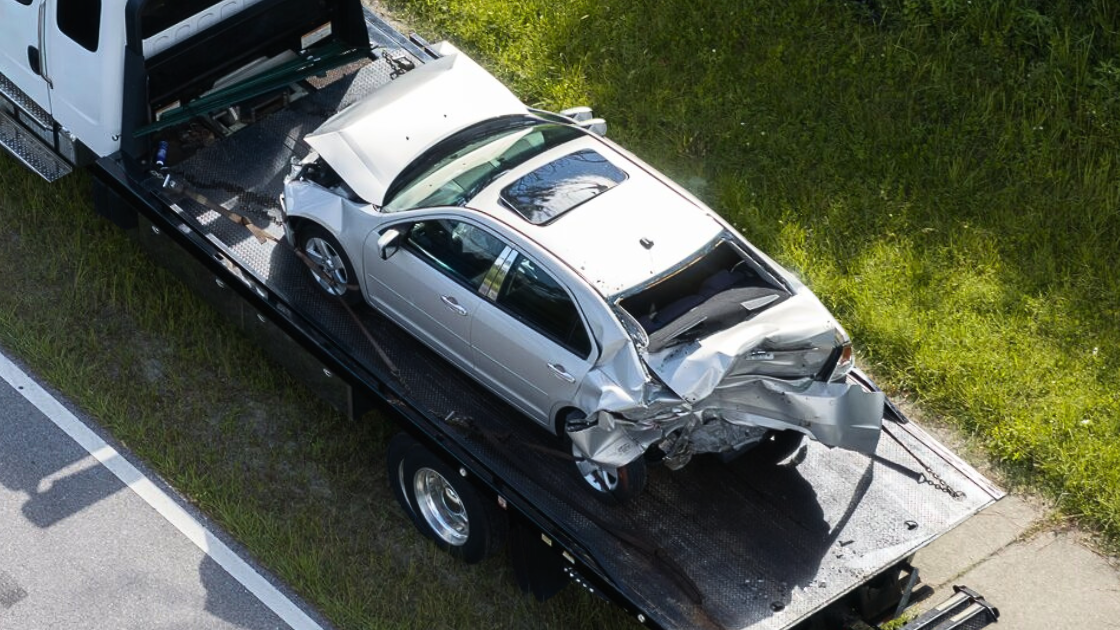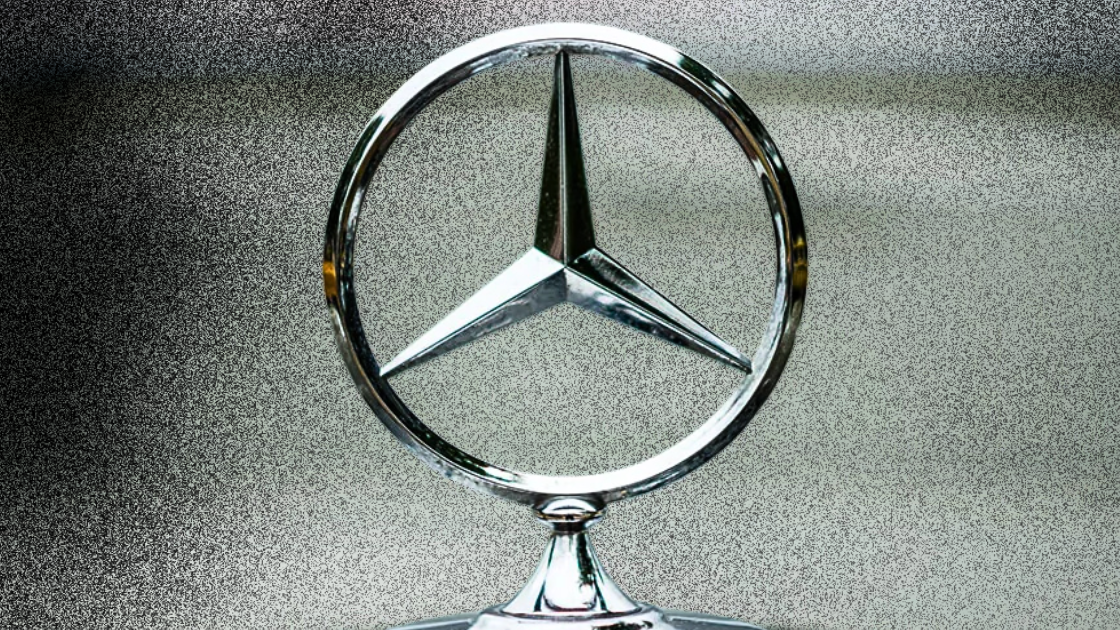
General Motors’ robotaxi subsidiary Cruise continues to face fallout from a late-2023 accident. But despite the broader disillusionment with self-driving cars, automakers are spending more money than ever on the emerging sector.
What this means: Automakers remain confident that self-driving vehicles are the future of transportation, but the road to making this technology commonplace is only getting more convoluted and expensive. It remains uncertain whether investors will continue to open their wallets for robotaxi projects as willingly as they have in the past.
In October last year, a Cruise vehicle struck and dragged a pedestrian (who had already been hit by another vehicle) in California. State officials quickly launched an investigation into the incident after claiming that the robotaxi startup omitted important details in its crash report. The impacts of this event continue to pile up, with new developments coming just last week.
California’s Public Utilities Commission now plans to fine Cruise the maximum penalty for its failure to disclose the full details of last year’s accident. However, that only translates into a total of $112,500, with regulators charging $7,500 for each of the 15 days the company failed to file an accurate report.
While the final cost of last year’s missteps are far below what many estimated at the time of the accident (multiple reports from then expected fines to be in the tens of millions), that doesn’t mean Cruise or escaped unscathed. Its robotaxi operations have remained suspended since last year, cutting off its source of revenue.
And yet, General Motors, despite the penalty and absence of cash flow, invested another $850 million into the company this June.
Effects on wider industry: The future of robtaxis remains unclear, but it doesn’t seem pretty.
Less confidence: The aftermath of last year’s crash has seen scrutiny around self-driving and driver-assistance technology intensify among both consumers and regulators. Bids from other robotaxi companies to expand have been denied just like they were for Google’s Waymo, whose application to offer services in parts of Los Angeles was suspended this February. That distrust is only likely to grow as more accidents occur.
More competition: But interest in robotaxis, at least among automakers, remains high. Tesla now plans on joining the fray with its own autonomous ride-sharing vehicle, set to debut this August. Unfortunately, this will only further fragment the fledgling market, making it even more difficult for competitors to generate revenue.
Bottom line: Robotaxis remain a niche product, serving more as an outlet for experimentation among consumers than as a serious contender for human-operated vehicles. And yet, as distrust in the market continues to grow, the amount of money automakers are willing to spend on it seems to only increase. While the technology has potential, the industry’s love affair with self-driving cars seems less and less sustainable as time goes on.
Become an automotive insider in just 5 minutes.
Get the weekly email that delivers transparent insights into the car market.
Join 66,000 others now, it's free:
OPENLANE brings you exclusive inventory, lower fees, simple transactions and better outcomes.
OPENLANE dealers can find a seemingly endless selection of off-lease exclusive vehicles, rental, dealer trades and more — all combined with best-in-class inspections and easy-to-read condition reports. Sellers can turn vehicles into cash fast with a nationwide network for serious buyers, with the average vehicle selling in less than one day.
OPENLANE continues to lead the industry in innovation, rolling out new tools to make buying and selling easier. Visual Boost AI™ is a new AI-powered technology designed to help buyers spot even the smallest vehicle damage.
New to OPENLANE? Sign up now and receive:
$350 buy fee credit
Pay no sell fees until August 31
Learn more at openlane.com.










